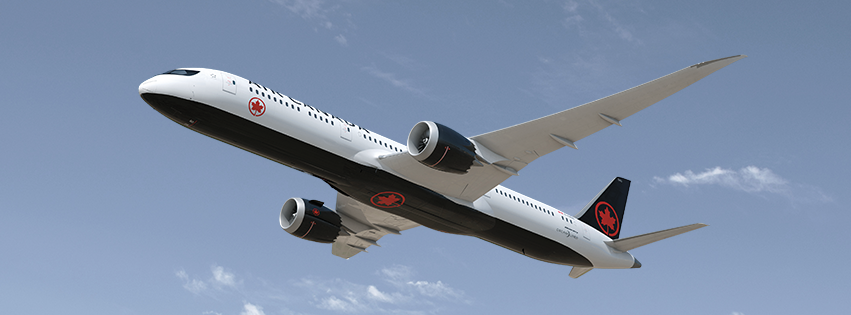
MONTREAL—The relatively low value of the loonie isn’t deterring Canadians from travelling to the United States, especially to winter vacation spots in Florida, Arizona and Hawaii, Air Canada said Friday.
Transborder revenues increased 7.2 per cent last year to $2.89 billion, a sign that Canadians are increasingly heading to the U.S., said Ben Smith, the airline’s president of passenger services.
“The demand is holding up quite nicely despite the lower Canadian dollar,” Smith told analysts during a discussion of its fourth-quarter and 2016 results. That kind of demand wasn’t seen in the past when the loonie was low, he added.
In his response, Smith avoided an analyst’s question about whether heated political rhetoric in the U.S. has increased bookings to Canada.
Over the past year, the Canadian dollar has traded between the 72-cent and 79-cent US mark. Transborder traffic at Air Canada between the U.S. and Canada grew 13 per cent in that time.
Air Canada, Canada’s largest airline, expects overall network traffic will increase again this year with the addition of 18 new destinations. But the company said the pace will slow as it reaches the end of a three-year plan to add seats with the arrival of new Boeing 777 and 787 aircraft and an expansion of its discount Rouge subsidiary.
Capacity grew nearly 15 per cent in 2016 as Air Canada added 28 new destinations, most of which were international.
“You will see capacity starting to come off a bit in the second half of 2017 and then further decline in 2018,” chief financial officer Mike Rousseau said in the conference call.
Air Canada said it has begun talks with pilots to expand the number of Rouge aircraft and vowed to respond to WestJet’s recently announced expansion in Quebec.
“We certainly have not ever expected that any market belongs to us and we always respond well when we see strong competition coming into a market,” said CEO Calin Rovinescu.
For the final three months of 2016, Air Canada reported a $179 million net loss or 66 cents per share compared with a $116 million net loss or 41 cents per share in the fourth quarter of the previous year. Adjusted earnings dropped to $38 million or 14 cents per share, seven cents above analyst forecasts, from $116 million or 40 cents per share.
Even so, shares in Air Canada were down 7.6 per cent, or $1.10, at $13.30 in afternoon trading on the Toronto Stock Exchange.
Chris Murray of AltaCorp Capital attributed the decline to Air Canada’s guidance for 2017, particularly a lower forecast for return on invested capital (ROIC), which measures the efficiency of how assets are used to generate returns.
“The numbers themselves were good for the quarter but the outlook was a lot weaker than I think we were looking for,” he said.
Air Canada says ROIC will range between nine and 12 per cent in 2017 and 2018 on lower than forecasted adjusted net income. That’s down from 14.7 per cent last year.
Operating revenue for the quarter was $3.43 billion, up from $3.18 billion a year earlier.
For the full year, Air Canada increased its net income to $876 million or $3.10 per share, up from $308 million or $1.03 per share in 2015. Adjusted earnings fell to $1.15 billion or $4.06 per share from $1.22 billion or $4.18 per share.
Air Canada’s full-year revenue increased to $14.68 billion from $13.87 billion in 2015.